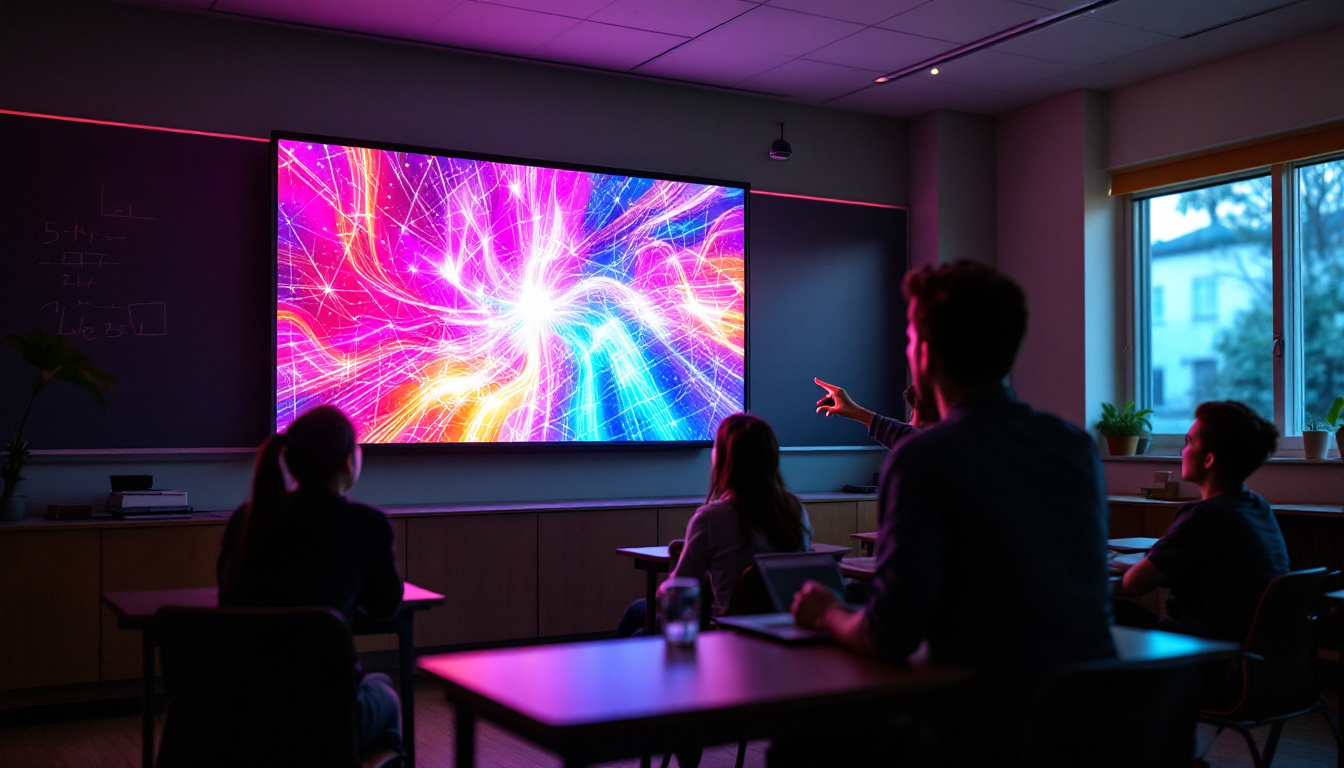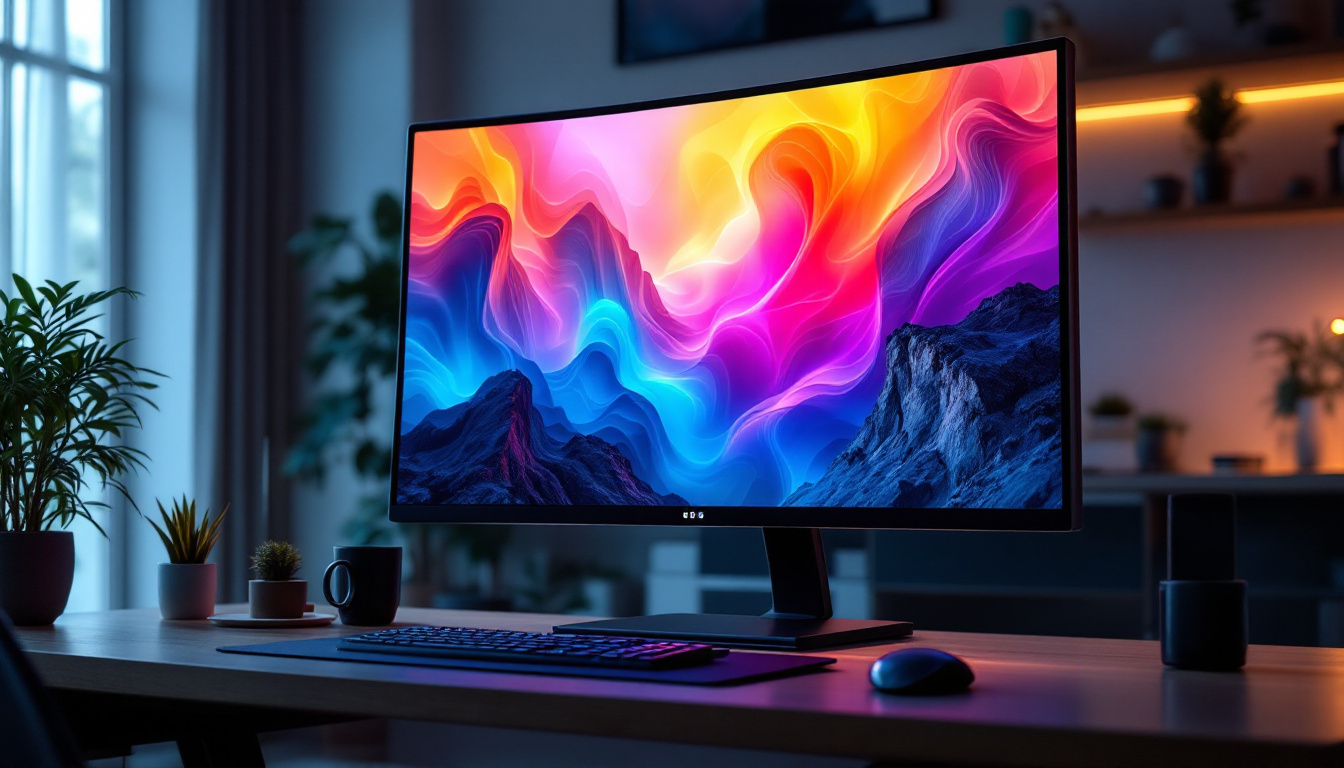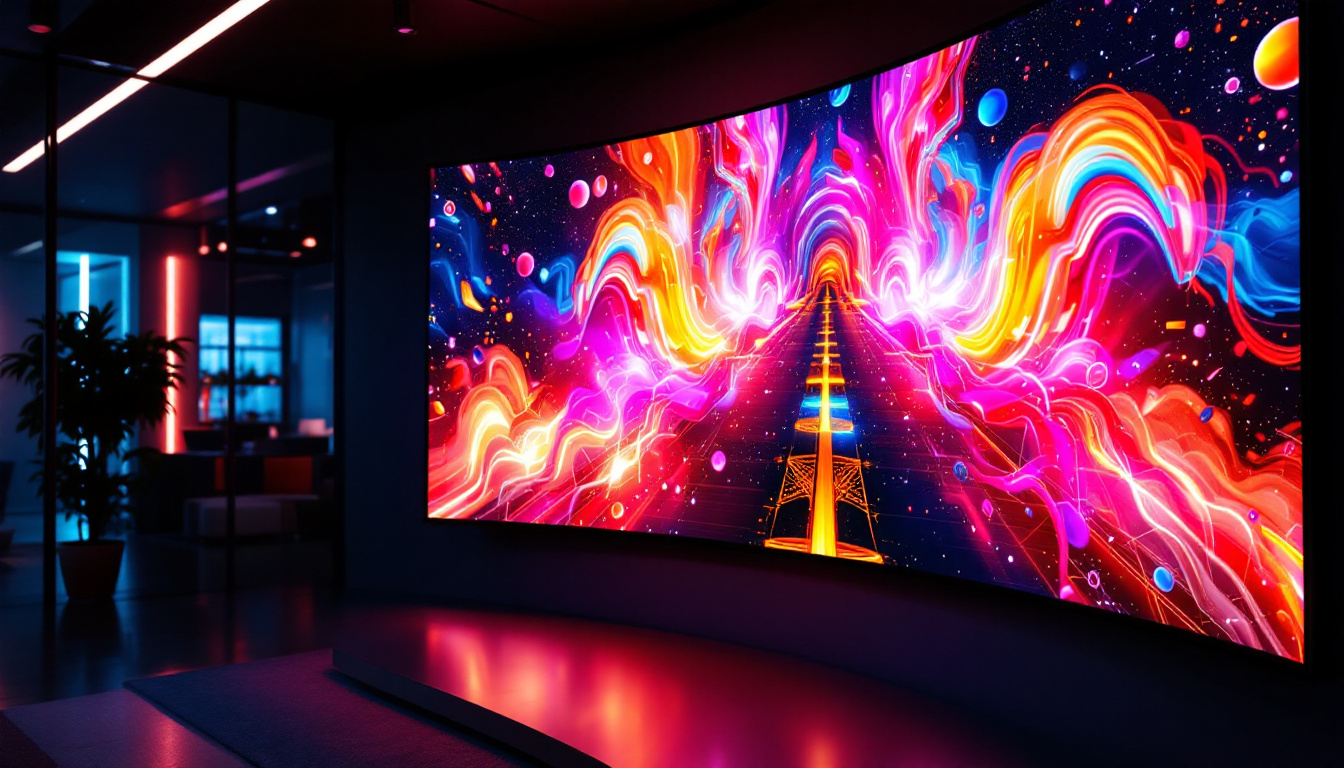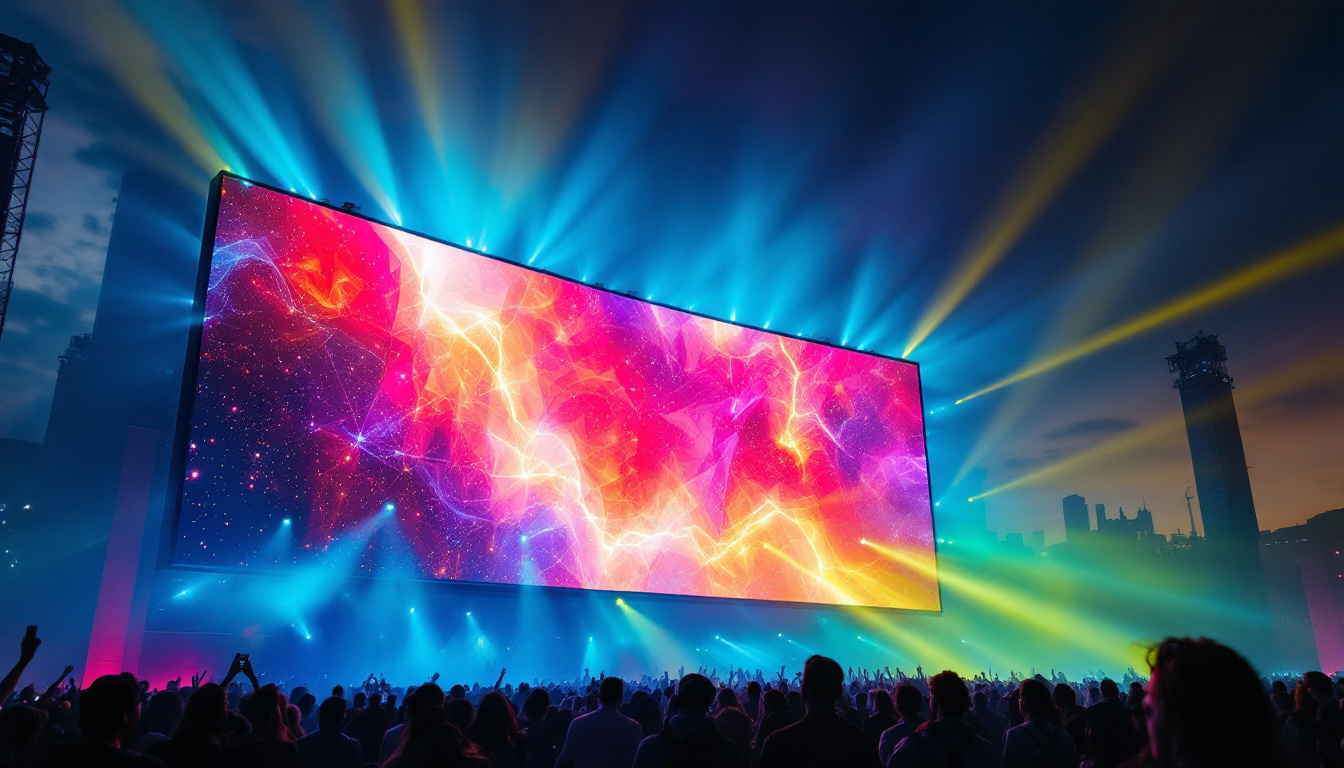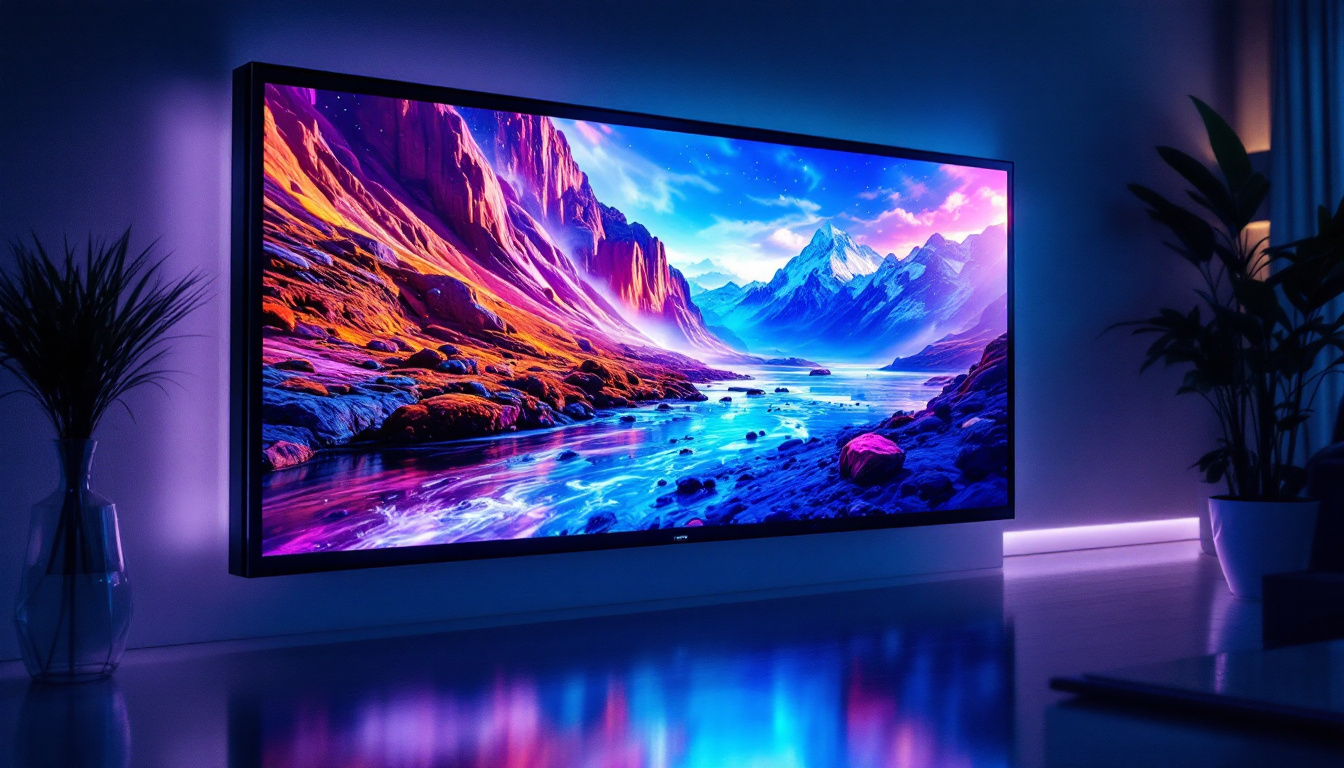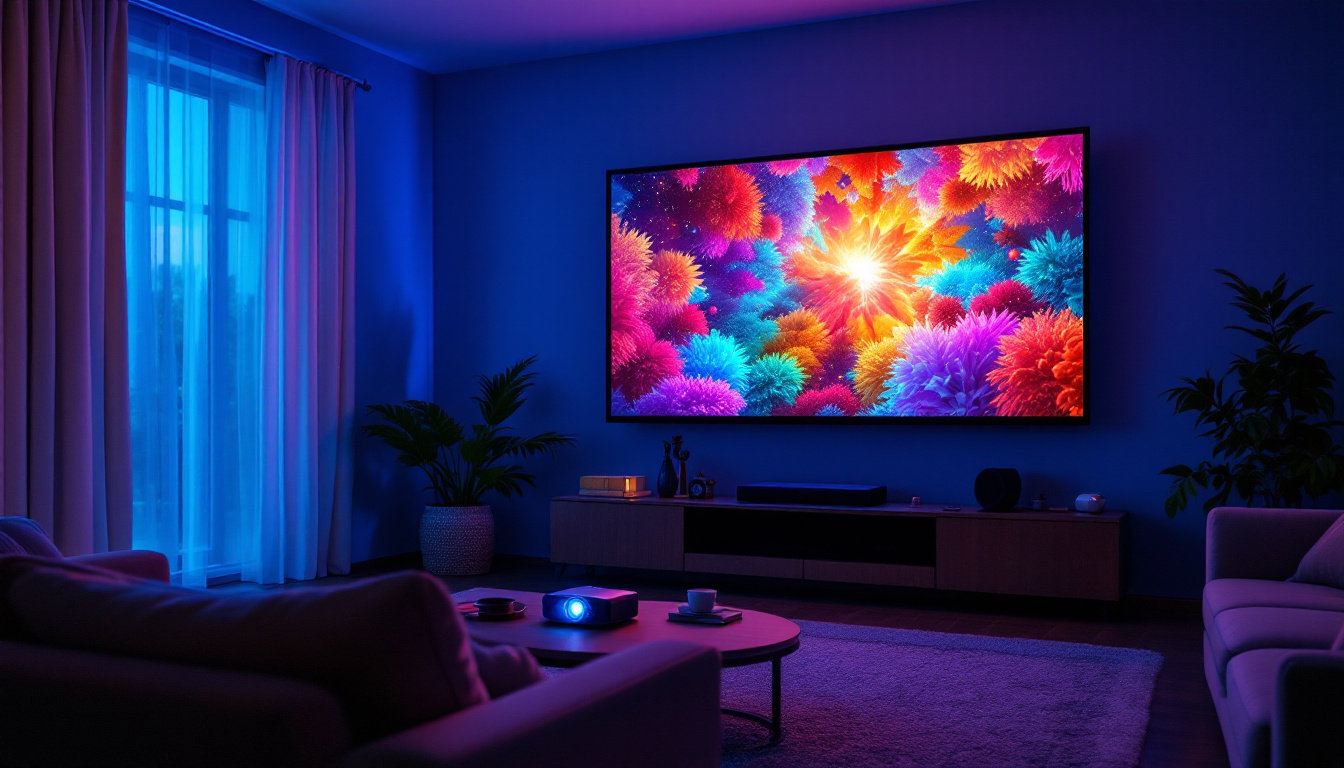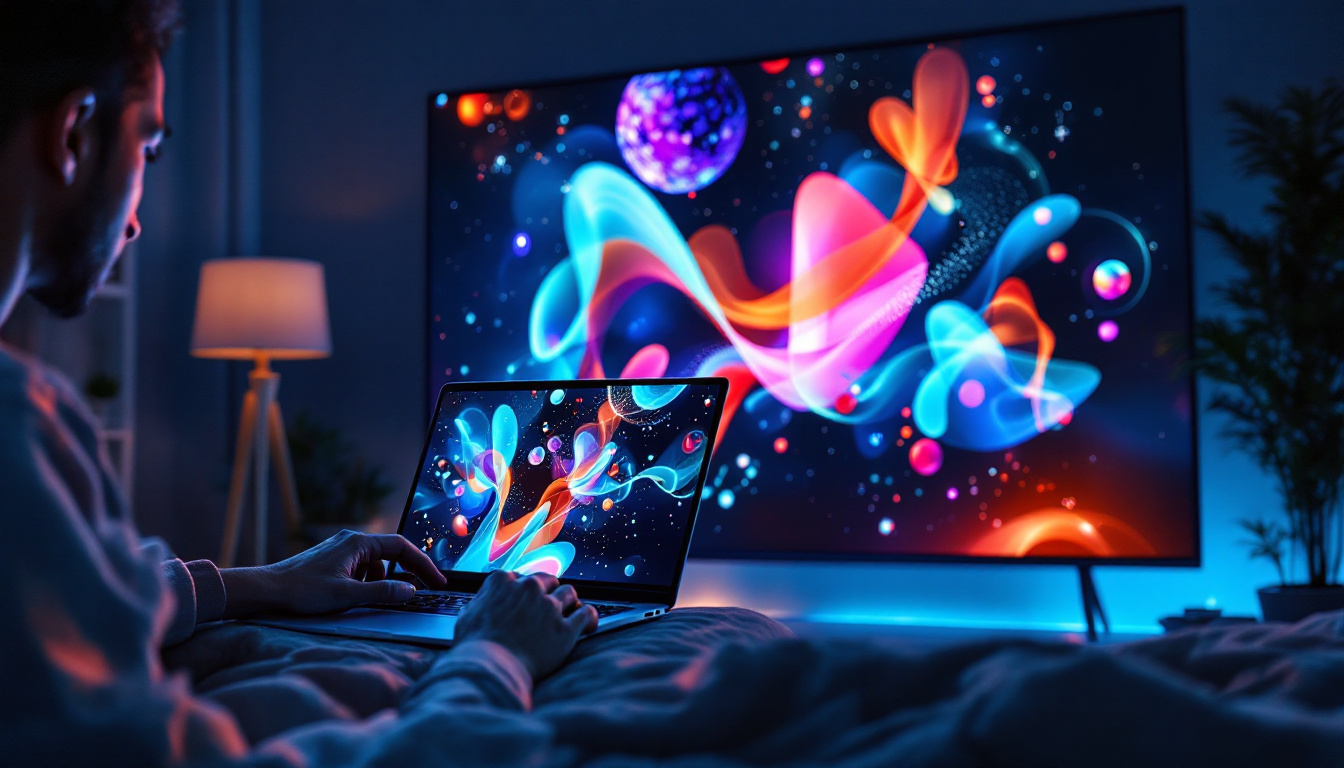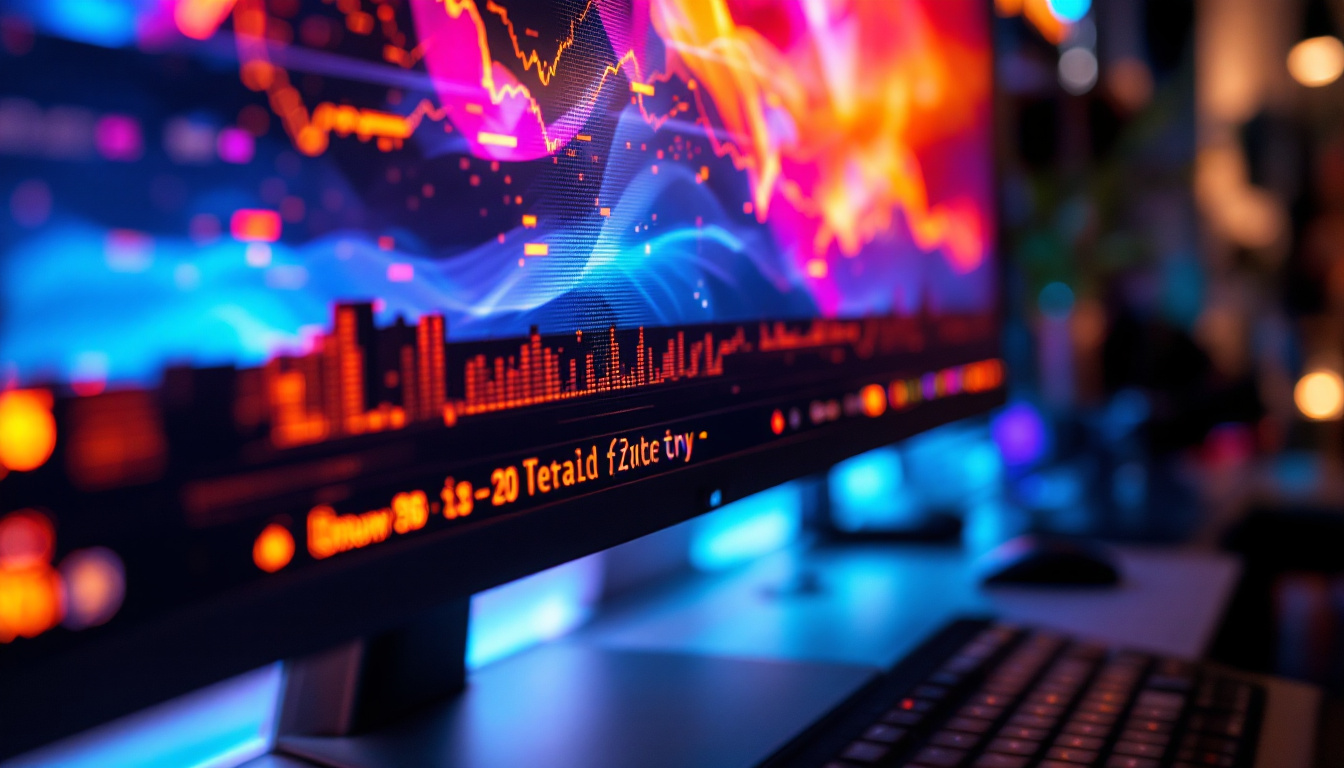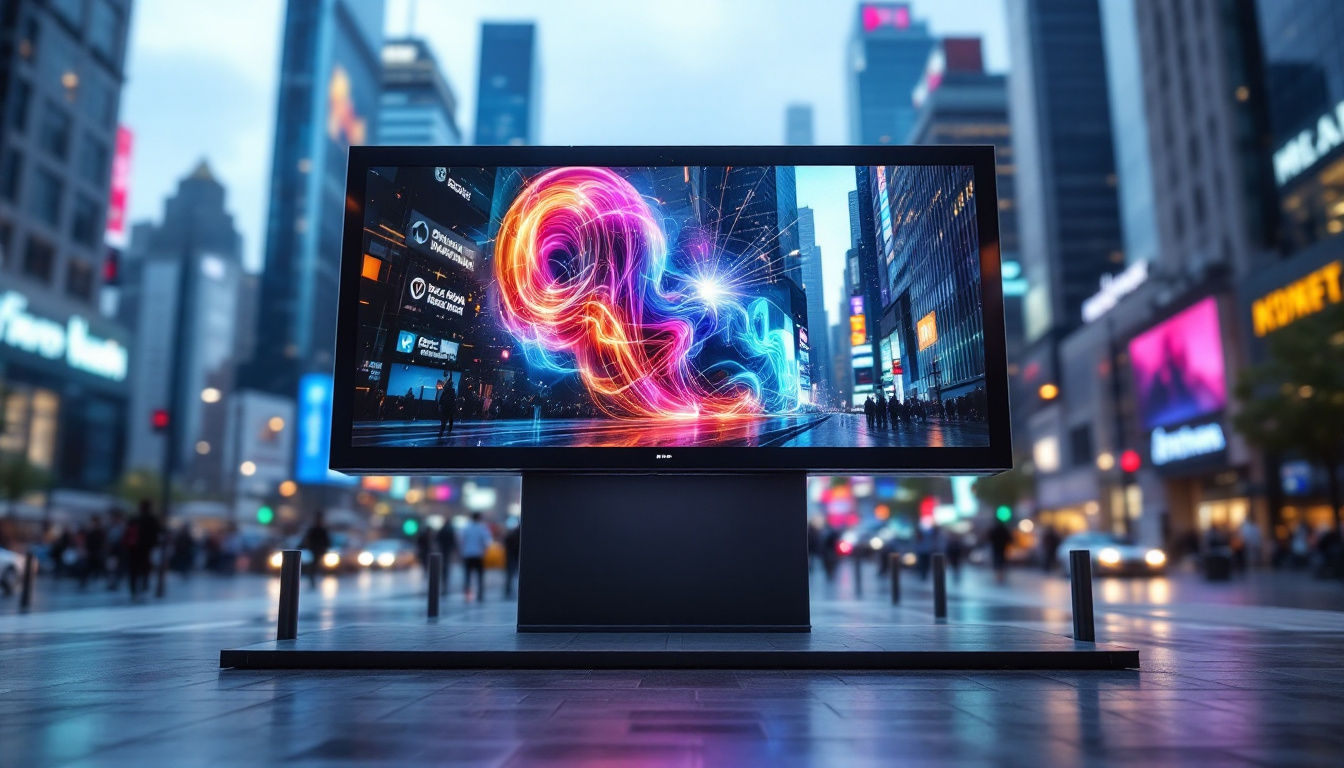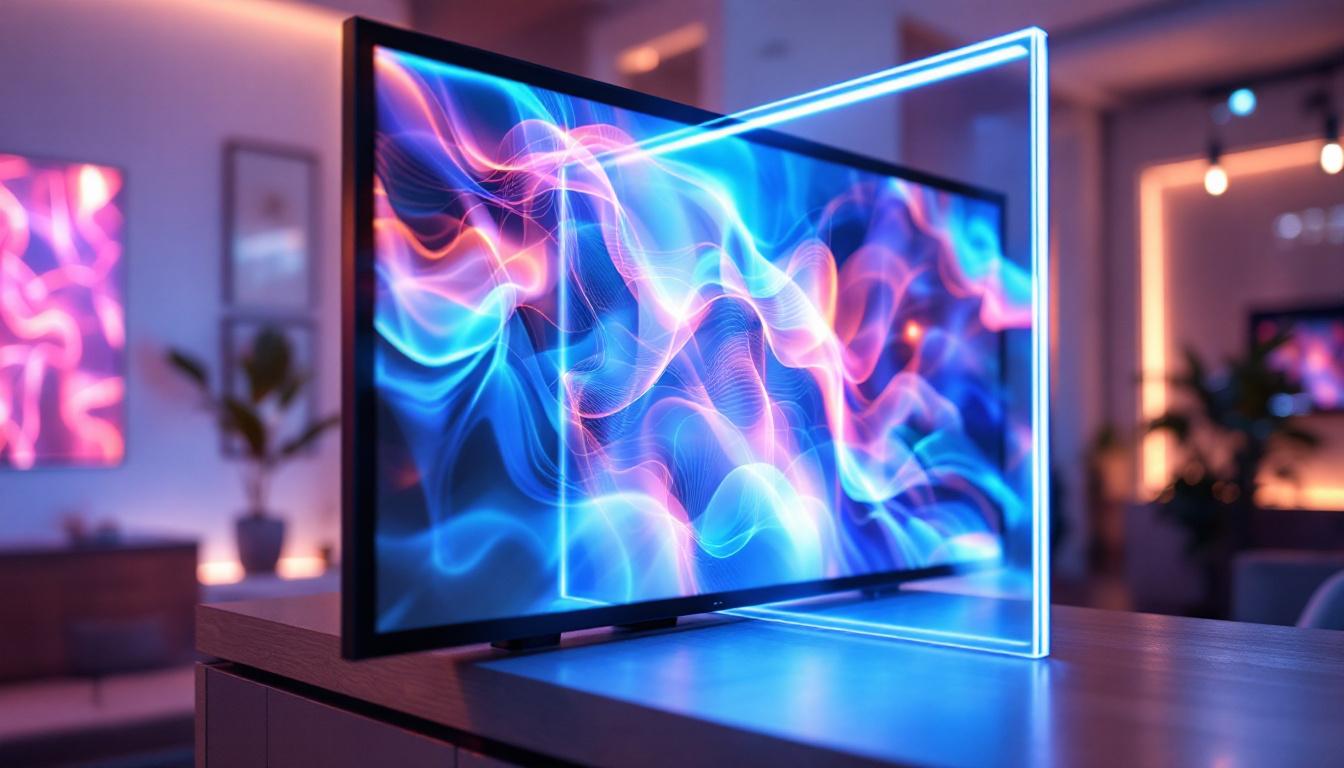Touch Screen Display For PC: LED Display Explained
In the rapidly evolving world of technology, touch screen displays have emerged as a transformative interface for personal computers. The integration of touch capabilities into LED displays has revolutionized how users interact with their devices, making computing more intuitive and engaging. This article delves into the intricacies of touch screen displays for PCs, providing insights into their functionality, benefits, and the technology behind them.
Understanding Touch Screen Technology
Touch screen technology has come a long way since its inception. It allows users to interact directly with what is displayed on the screen, eliminating the need for traditional input devices like keyboards and mice. This section explores the various types of touch screen technology and how they work.
Types of Touch Screen Technologies
There are primarily four types of touch screen technologies: resistive, capacitive, infrared, and optical. Each type has its unique mechanism and application, catering to different user needs.
Resistive touch screens consist of two thin layers separated by a small gap. When pressure is applied to the screen, the two layers come into contact, registering the touch. This technology is cost-effective and works well with styluses or gloved hands, making it suitable for industrial applications. Additionally, resistive screens are often used in environments where durability is essential, such as in kiosks and point-of-sale systems, as they are less susceptible to damage from external elements.
Capacitive touch screens, on the other hand, use the electrical properties of the human body to detect touch. They are more sensitive and can recognize multi-touch gestures, which are essential for modern applications. This technology is prevalent in smartphones and tablets due to its responsiveness and clarity. Capacitive screens also offer better image quality since they do not require the additional layers that resistive screens do, allowing for sharper visuals and a more vibrant display.
How Touch Screens Work
Touch screens operate through a combination of hardware and software. The hardware includes the touch sensor, which detects the touch input, and the display, which presents the visual output. The software interprets the signals from the touch sensor and translates them into actions on the screen.
When a user touches the screen, the sensor detects the location of the touch and sends this information to the computer’s operating system. The OS then processes the input and executes the corresponding command, whether it be opening an application, scrolling through a webpage, or zooming in on an image. This interaction is often enhanced by haptic feedback, which provides tactile sensations to the user, making the experience more intuitive and engaging. Furthermore, advancements in software algorithms have improved the accuracy and speed of touch detection, allowing for seamless interactions that feel almost natural, akin to using physical buttons.
Moreover, touch screen technology has expanded beyond personal devices and is now integrated into various sectors, including healthcare, automotive, and education. In hospitals, for instance, touch screens are used to access patient records quickly, allowing for more efficient care. In classrooms, interactive touch displays facilitate collaborative learning, enabling students to engage with educational content dynamically. As technology continues to evolve, the potential applications for touch screens are virtually limitless, paving the way for innovative user experiences across diverse fields.
The Role of LED Displays in Touch Screen Technology
LED (Light Emitting Diode) displays have become the standard for modern touch screen technology. Their efficiency, brightness, and color accuracy make them ideal for interactive applications. This section examines the advantages of using LED displays in touch screen technology.
Benefits of LED Displays
One of the primary advantages of LED displays is their energy efficiency. They consume less power compared to traditional LCDs, which is particularly beneficial for portable devices. This efficiency extends battery life, making LED touch screens an excellent choice for laptops and tablets.
Moreover, LED displays offer superior brightness and contrast ratios. This means that images and text appear sharper and more vibrant, enhancing the user experience. Whether for gaming, graphic design, or everyday tasks, the visual quality of LED displays is a significant factor in their popularity.
Durability and Longevity
LED displays are known for their durability. They are less prone to damage from impacts and can withstand a wider range of temperatures compared to other display technologies. This resilience makes them suitable for various environments, including those that require rugged devices.
Additionally, LED technology has a longer lifespan. With proper care, LED displays can last for many years, reducing the need for frequent replacements. This longevity is a crucial consideration for businesses looking to invest in touch screen technology.
Applications of Touch Screen Displays in PCs
The versatility of touch screen displays has led to their adoption across various sectors. From education to healthcare, the applications are vast and varied. This section highlights some of the key areas where touch screen displays are making a significant impact.
Education
In educational settings, touch screen displays facilitate interactive learning experiences. They allow teachers to engage students through multimedia presentations, interactive quizzes, and collaborative projects. The tactile nature of touch screens enhances student participation and retention of information.
Moreover, touch screens can accommodate diverse learning styles. Visual learners benefit from interactive content, while kinesthetic learners engage more effectively through touch-based activities. This adaptability makes touch screen displays invaluable in modern classrooms.
Healthcare
In healthcare, touch screen displays are revolutionizing patient care. Medical professionals use them for accessing patient records, managing appointments, and even conducting telemedicine consultations. The intuitive interface of touch screens allows for quick and efficient navigation, which is crucial in high-pressure environments.
Additionally, touch screens can enhance patient interaction. For instance, patients can use touch displays to check in for appointments, fill out forms, and access educational materials about their health. This not only streamlines administrative processes but also empowers patients to take an active role in their healthcare.
Business and Retail
In the business and retail sectors, touch screen displays are transforming customer interactions. Retailers use them for interactive kiosks, allowing customers to browse products, check prices, and place orders with ease. This self-service model enhances the shopping experience and reduces wait times.
Moreover, businesses utilize touch screens for presentations and meetings. The ability to interact with content directly fosters collaboration and engagement among team members. Touch screens can also be integrated with software solutions that facilitate data visualization, making complex information more accessible.
Choosing the Right Touch Screen Display for Your PC
Selecting the appropriate touch screen display for a PC involves considering various factors. Users must assess their needs, the intended application, and the technical specifications of the display. This section provides guidance on making an informed choice.
Screen Size and Resolution
Screen size and resolution are critical factors in determining the usability of a touch screen display. Larger screens provide more workspace and are ideal for design and multimedia applications. However, they may require more desk space and could be less portable.
Resolution also plays a significant role in the clarity of the display. Higher resolutions yield sharper images and text, enhancing the overall user experience. For tasks that involve detailed graphics or text, such as graphic design or programming, a higher resolution is preferable.
Touch Technology and Responsiveness
When selecting a touch screen display, it is essential to consider the type of touch technology it employs. Capacitive touch screens are generally more responsive and support multi-touch gestures, making them suitable for a wide range of applications.
Additionally, responsiveness is crucial for user satisfaction. A display that registers touch inputs quickly and accurately will provide a smoother user experience. Testing the display in-store or reading reviews can help gauge its responsiveness before making a purchase.
Future Trends in Touch Screen Display Technology
The future of touch screen display technology is promising, with continuous advancements on the horizon. Emerging trends are set to enhance the functionality and user experience of touch screens. This section explores some of the anticipated developments in this field.
Advancements in Display Technology
Future touch screen displays are expected to incorporate advanced technologies such as OLED (Organic Light Emitting Diode) and MicroLED. These technologies offer improved color accuracy, contrast, and energy efficiency, further enhancing the visual experience.
Additionally, the integration of flexible displays is on the rise. Flexible touch screens can be bent or curved, allowing for innovative designs and applications. This flexibility opens up new possibilities for portable devices and unique user interfaces.
Enhanced User Interactions
As touch screen technology evolves, so too will user interactions. The incorporation of haptic feedback will provide users with tactile responses when interacting with the screen, enhancing the sense of touch. This feature can make digital interactions feel more natural and intuitive.
Furthermore, advancements in gesture recognition and voice control will complement touch interactions. Users will be able to navigate and control their devices using a combination of touch, gestures, and voice commands, creating a seamless and efficient user experience.
Conclusion
Touch screen displays for PCs represent a significant leap in user interaction and technology. With their intuitive interfaces and the integration of LED technology, they offer numerous benefits across various sectors. As advancements continue to shape the future of touch screens, users can expect even more innovative features and applications that enhance their computing experience.
Choosing the right touch screen display is crucial for maximizing its potential, and understanding the technology behind it can empower users to make informed decisions. As the landscape of touch screen technology evolves, staying informed about trends and advancements will be essential for leveraging its full capabilities.
Discover the Future of Touch Screen Technology with LumenMatrix
As you consider the vast potential of touch screen displays for your PC, LumenMatrix stands at the forefront of this technological revolution. With a commitment to innovation and quality, LumenMatrix offers a diverse range of LED display solutions that cater to your every need. From Indoor and Outdoor LED Wall Displays to specialized options like Vehicle, Sports, and Floor LED Displays, our products are designed to transform your visual communication and engagement. Embrace the future with our Custom, All-in-One, and LED Transparent Displays that promise to bring your brand’s message to life with unparalleled clarity and impact. Check out LumenMatrix LED Display Solutions today and experience the cutting-edge of display technology.




